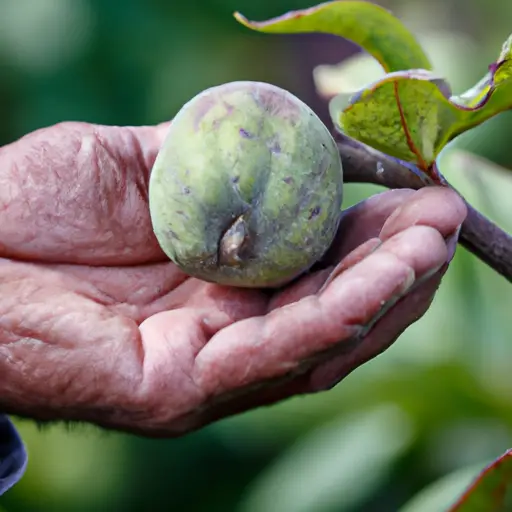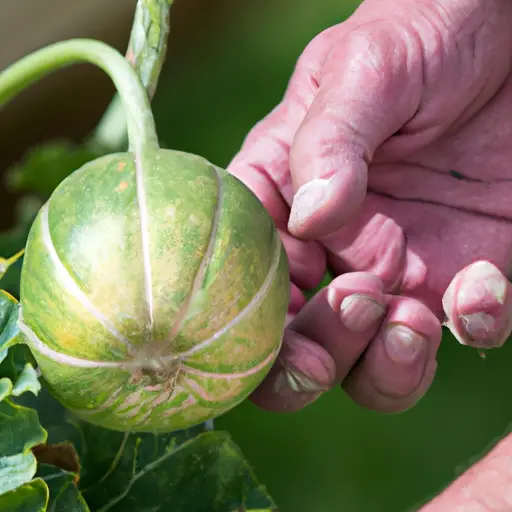Unlocking the Secrets of Successful Fruit and Vegetable Cultivation
Introduction:
Fruit and vegetable cultivation is an essential aspect of sustainable agriculture and plays a vital role in ensuring food security and nutrition for millions of people worldwide. However, successful cultivation requires more than just planting seeds and watering plants. It involves understanding various factors like soil quality, climate conditions, pest management, and proper cultivation techniques. In this article, we will explore the secrets behind successful fruit and vegetable cultivation.
1. Selecting the Right Location:
Choosing the right location is crucial for successful fruit and vegetable cultivation. Factors such as sunlight exposure, drainage, proximity to water sources, and wind patterns should be considered. Most fruits and vegetables require a minimum of six hours of direct sunlight daily to grow optimally. Moreover, selecting an area with well-draining soil helps prevent waterlogged roots that can lead to plant disease or stunted growth.
2. Soil Preparation:
Soil plays a significant role in determining plant health and productivity. Before planting, it is essential to prepare the soil by removing weeds, stones, or debris that could hinder plant growth. Incorporating organic matter such as compost or aged manure improves soil structure by providing essential nutrients and promoting beneficial microorganisms’ growth. Conducting a soil test can help determine pH levels as different plants thrive under specific pH conditions.
3. Crop Rotation:
Crop rotation is a fundamental practice that helps prevent pest infestations, diseases, nutrient imbalance, and soil degradation. Different crops have varying nutrient requirements; rotating crops allows one crop to replenish depleted nutrients while another utilizes them efficiently. Additionally, rotating crops from different plant families reduces the likelihood of pests or diseases persisting from season to season.
4. Water Management:
Proper water management is integral for healthy plant growth but can vary based on crop type and climatic conditions. While some fruits like tomatoes require consistent moisture levels throughout their growing cycle, others like melons may benefit from reduced watering during the ripening period. Watering deeply and infrequently encourages plants to develop strong root systems and become more resilient to drought conditions.

5. Pest and Disease Management:
Effective pest and disease management strategies are essential for successful fruit and vegetable cultivation. Regular scouting, early identification, and prompt action can prevent an infestation from spreading or causing severe damage. Integrated Pest Management (IPM) practices, such as using beneficial insects or traps, can reduce reliance on chemical pesticides while maintaining a balance in the ecosystem.
6. Pruning and Training:
Pruning and training techniques promote healthy growth patterns, increase sunlight exposure, improve air circulation, and maximize fruit production. It involves removing damaged or diseased branches, shaping the plant structure, and directing growth by attaching branches to supports or trellises. Proper pruning also helps manage plant size, making harvesting more accessible.
7. Timing Harvesting:
Timing is crucial when it comes to harvesting fruits and vegetables at their peak flavor and nutritional value. Overly ripe produce may lose its taste or become susceptible to pests or diseases during storage. Learning about the specific signs of maturity for each crop ensures maximum yield while maintaining quality.
8. Post-Harvest Handling:
After harvest, proper post-harvest handling techniques are essential for extending shelf life and preventing spoilage. Cleaning produce thoroughly helps remove any dirt or debris that could harbor bacteria or molds. Proper storage conditions such as temperature-controlled environments can slow down the ripening process and maintain freshness for a longer duration.
Conclusion:
Successful fruit and vegetable cultivation requires a combination of knowledge, skills, dedication, patience, and the willingness to adapt to changing conditions. By focusing on factors like location selection, soil preparation, crop rotation, water management, pest control methods, pruning techniques, timing of harvests, and post-harvest handling practices; farmers can unlock the secrets to maximize yields with optimal quality produce. Embracing sustainable cultivation practices not only benefits the farmer but also contributes to a healthier environment and ensures a stable food supply for future generations.













